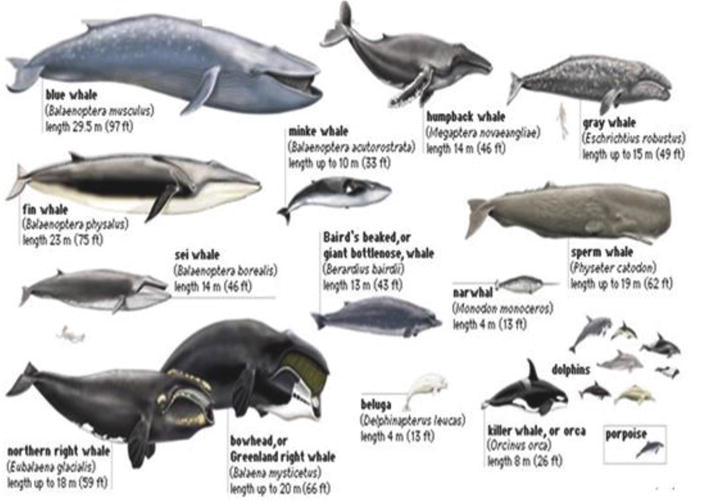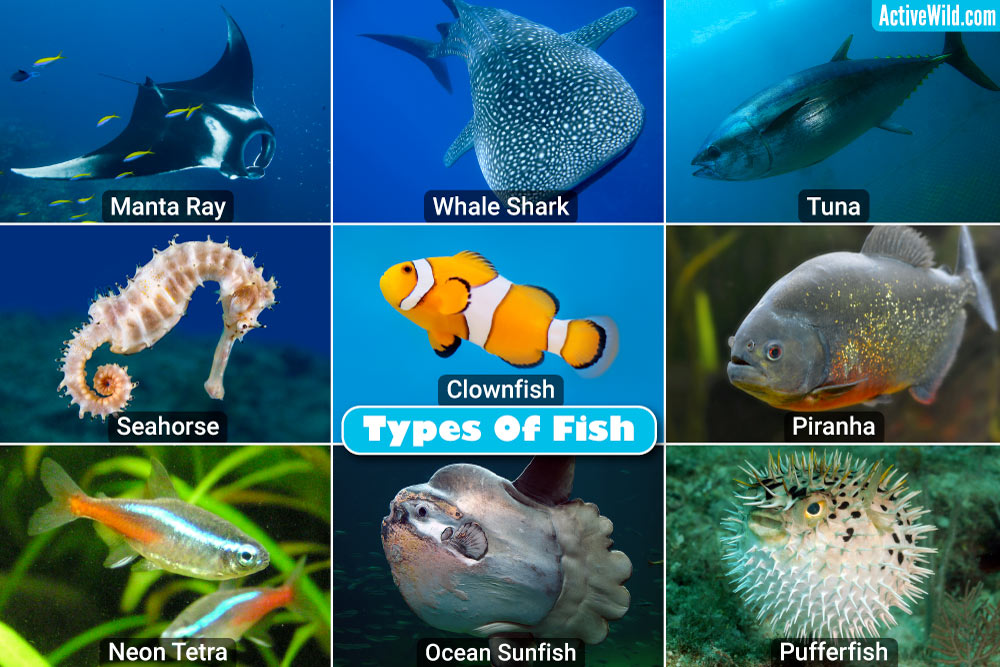Mighty American Eel: Fascinating Facts and Intriguing Behaviors
The Mighty American Eel: A Creature of Intrigue ===
The American eel, scientifically known as Anguilla rostrata, is a fascinating aquatic creature found in the rivers, lakes, and coastal areas of North America. This unique species has captivated scientists and nature enthusiasts with its ancient origins, remarkable life cycle, adaptation skills, and intriguing behaviors. In this article, we will delve into the captivating world of the American eel, uncovering its origins, life cycle, body structure, hunting techniques, communication, social behavior, and the conservation challenges it faces.
Ancient Origins: Where the American Eel Began
The American eel boasts an impressive evolutionary history that dates back around 111 million years. Fossil records indicate its presence during the Late Cretaceous period, making it one of the oldest species to have survived on Earth. These eels are believed to have originated in the western Atlantic Ocean and have since spread to various freshwater and coastal habitats throughout North America.
A Remarkable Life Cycle: From Birth to Migration
The life cycle of the American eel is a remarkable journey that spans several stages. It begins with the eel’s eggs hatching in the Sargasso Sea, a region in the Atlantic Ocean. The larvae, called leptocephali, embark on an epic migration that can last up to a year. These transparent, leaf-like creatures are carried by ocean currents towards the North American coast. Upon reaching freshwater bodies, the leptocephali transform into glass eels, which then mature into yellow eels. Finally, after several years, the yellow eels undergo a metamorphosis, turning into silver eels that swim back to the Sargasso Sea to spawn and complete the cycle.
Master of Adaptation: Surviving in Diverse Habitats
The American eel is a true master of adaptation, able to survive in diverse habitats. It can be found in freshwater rivers, lakes, estuaries, and even brackish and coastal waters. This remarkable adaptability allows the eel to navigate through various environments, from rocky streams to soft muddy substrates. Its ability to withstand varying levels of salinity and oxygen availability makes it a highly successful species that can thrive in both marine and freshwater habitats.
Slick and Slippery: The Eel’s Unique Body Structure
The American eel possesses a unique body structure that allows it to move effortlessly through water. Its elongated, snake-like body is covered in a slimy layer of mucus, reducing friction and making it extremely slippery. This sliminess also acts as protection against parasites and helps the eel escape from predators. Additionally, the eel’s dorsal fin extends along its entire body, providing stability and enabling efficient swimming.
Remarkable Hunting Techniques: A Stealthy Predator
The American eel is an efficient and stealthy predator, relying on its excellent sense of smell and vision to find its prey. Their diet consists of a variety of organisms, including insects, small fish, crustaceans, and even carrion. These eels are adept at ambush hunting, concealing themselves within vegetation or hiding in crevices to surprise their unsuspecting prey. They can strike with lightning speed, capturing their prey by engulfing it whole with their powerful jaws.
Communication and Social Behavior of American Eels
While the American eel is generally a solitary creature, it does exhibit some social behaviors and communication methods. During migration, eels often form large groups, known as swarms or schools, to navigate through obstacles and ensure successful spawning. They also communicate through chemical cues, using pheromones to signal breeding readiness and attract potential mates. These chemical signals play a crucial role in maintaining the social structure and reproductive success of the species.
Conservation Challenges: Protecting the Mighty Eel
The American eel faces numerous conservation challenges due to habitat degradation, overfishing, and barriers to migration. Dams and other human-made structures can impede their ability to reach their spawning grounds, hindering successful reproduction. Pollution and habitat loss further threaten their survival. To protect this mighty creature, it is essential to implement conservation measures such as fish passage structures, habitat restoration, and sustainable fishing practices. Additionally, raising awareness about the importance of the American eel’s role in the ecosystem is crucial to ensuring its long-term survival.
===
The American eel is a captivating creature with a rich history, unique body structure, and remarkable behaviors. Its ability to adapt to diverse environments and employ stealthy hunting techniques make it a true survivor. However, the conservation challenges it faces necessitate immediate action to protect and preserve its populations. By understanding and appreciating the fascinating world of the American eel, we can work towards ensuring its continued existence and the conservation of our aquatic ecosystems.



